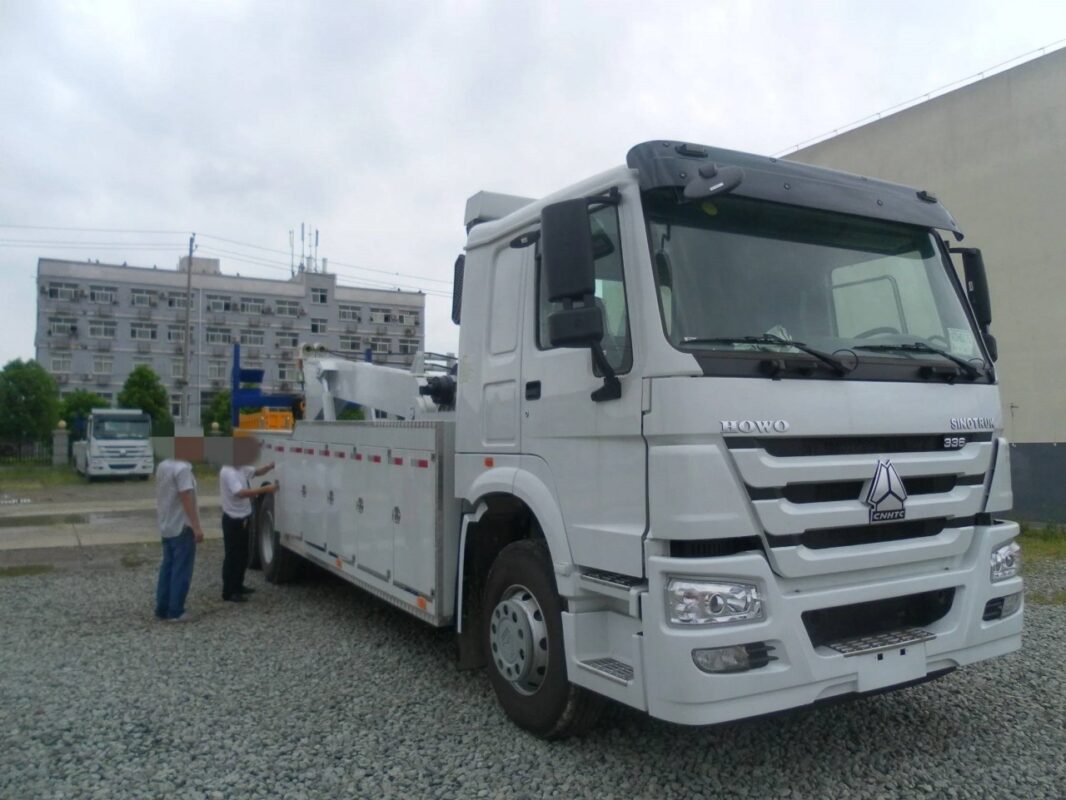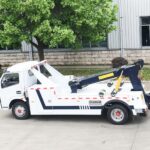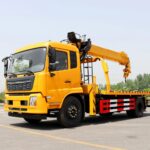Heavy-Duty Assistance: Harnessing the Strength of Rotator Trucks
In the realm of heavy-duty towing and recovery operations, few machines command as much respect and admiration as the mighty rotator truck. These colossal vehicles, equipped with rotating crane arms and an array of specialized tools, serve as the superheroes of the towing world, coming to the rescue when ordinary tow trucks fall short. With their unparalleled strength, versatility, and capability, rotator trucks stand as towering symbols of ingenuity and engineering prowess. In this article, we delve into the world of rotator trucks, exploring their features, applications, and the indispensable role they play in various industries.
The Anatomy of a Rotator Truck
At first glance, a rotator truck resembles a conventional heavy-duty wrecker, but a closer inspection reveals its distinguishing features. The defining characteristic of a rotator truck is its rotator boom—a hydraulic arm capable of rotating 360 degrees around the vehicle’s axis. This pivotal component grants the truck an unparalleled range of motion, allowing it to access and maneuver around obstacles with precision and ease.
Furthermore, rotator trucks boast an impressive array of hydraulic stabilizers, outriggers, and extendable booms, providing stability and support during complex recovery operations. Equipped with powerful winches and rigging gear, these trucks can lift and tow vehicles of immense size and weight effortlessly, making them indispensable assets in the realm of heavy-duty towing.
Applications Across Industries
The versatility of rotator trucks extends far beyond traditional towing and recovery tasks. These robust machines find applications across a wide range of industries, from construction and transportation to emergency response and disaster recovery.
In the construction sector, rotator trucks play a vital role in lifting and moving heavy machinery, equipment, and materials on job sites. Whether it’s relocating excavators, hoisting steel beams, or transporting oversized loads, rotator trucks provide the muscle and precision required to execute these tasks safely and efficiently.
Do mesmo xeito, in the transportation industry, rotator trucks are called upon to handle incidents involving overturned tractor-trailers, buses, and other large vehicles. Their ability to stabilize and upright heavy loads with minimal disruption to traffic flow is invaluable in ensuring the swift resolution of roadway accidents and incidents.
Moreover, rotator trucks are essential assets in emergency response and disaster recovery efforts. In the aftermath of natural disasters such as hurricanes, tornadoes, or earthquakes, these trucks are deployed to clear debris, rescue trapped vehicles, and assist in the restoration of essential infrastructure.
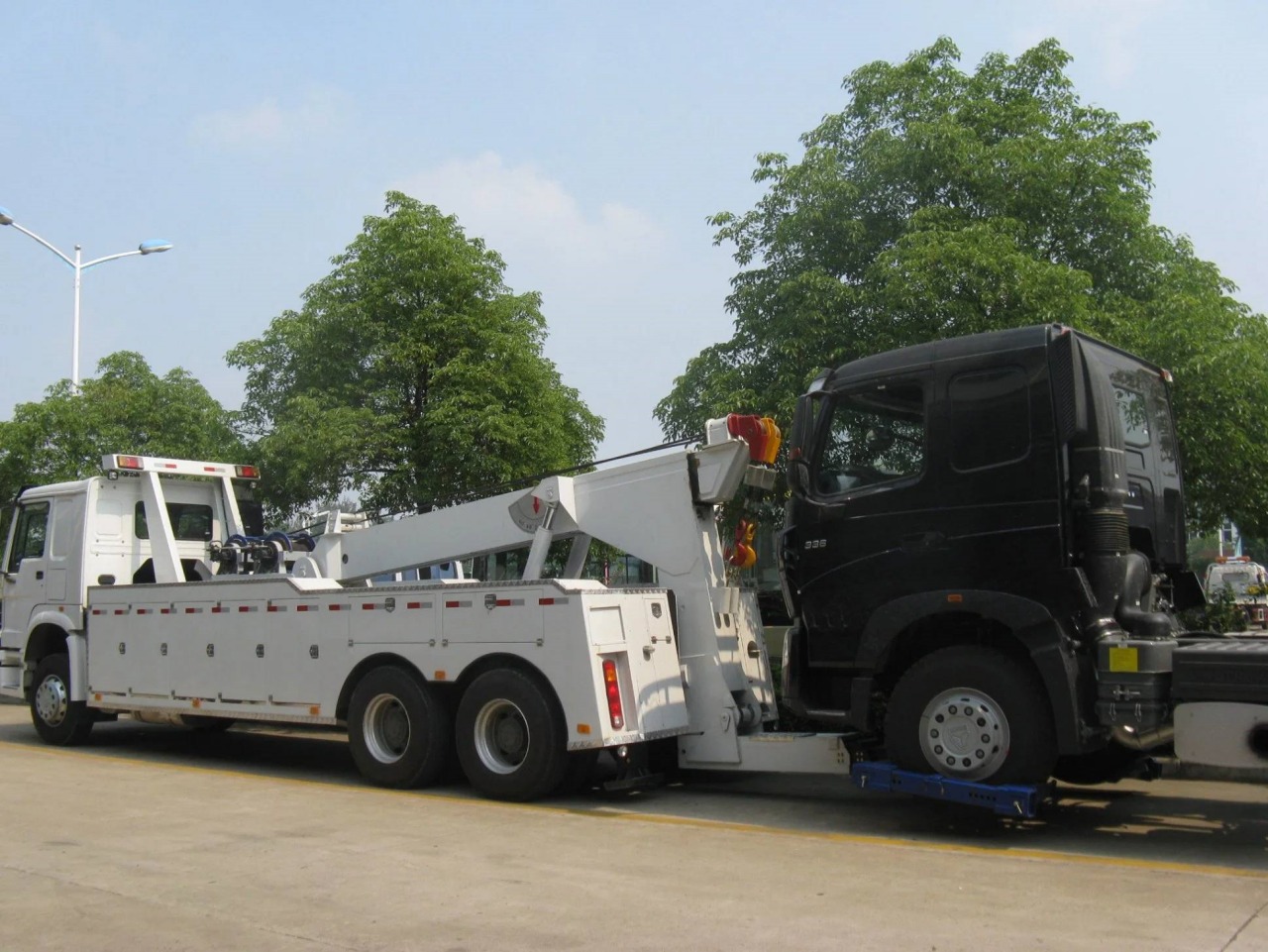
The Evolution of Rotator Technology
Over the years, advancements in technology have propelled the capabilities of rotator trucks to new heights. Modern rotator trucks are equipped with state-of-the-art hydraulic systems, electronic controls, and ergonomic operator interfaces, enhancing their performance, efficiency, and safety.
One notable innovation is the integration of remote-controlled operation systems, allowing operators to control the truck’s functions from a safe distance. This feature proves invaluable in hazardous environments where proximity to the operation is impractical or dangerous.
Furthermore, advancements in materials and engineering have led to the development of lighter yet stronger components, increasing the payload capacity and maneuverability of rotator trucks without compromising on durability or reliability.
The Human Element: Skilled Operators
While the technology behind rotator trucks is undeniably impressive, it is the skilled operators who truly harness their full potential. Operating a rotator truck requires a unique blend of technical expertise, spatial awareness, and problem-solving skills.
Experienced operators undergo rigorous training and certification programs to master the intricacies of rotator operation, including proper rigging techniques, load calculations, and safety protocols. Their ability to assess complex recovery scenarios, devise effective strategies, and execute precise maneuvers under pressure is what sets them apart as elite professionals in the towing industry.
Challenges and Considerations
Despite their formidable capabilities, rotator trucks are not without their challenges. Operating these massive machines requires careful planning, coordination, and adherence to strict safety guidelines to mitigate risks and ensure successful outcomes.
Environmental factors such as inclement weather, unstable terrain, or limited access can present significant challenges during recovery operations. In such situations, operators must rely on their training, experience, and problem-solving skills to adapt to evolving conditions and achieve their objectives safely and efficiently.
Additionally, the sheer size and weight of rotator trucks necessitate compliance with regulations governing road transportation and vehicle operation. Proper maintenance, inspection, and adherence to weight restrictions are essential to ensure the safety of both operators and the general public.
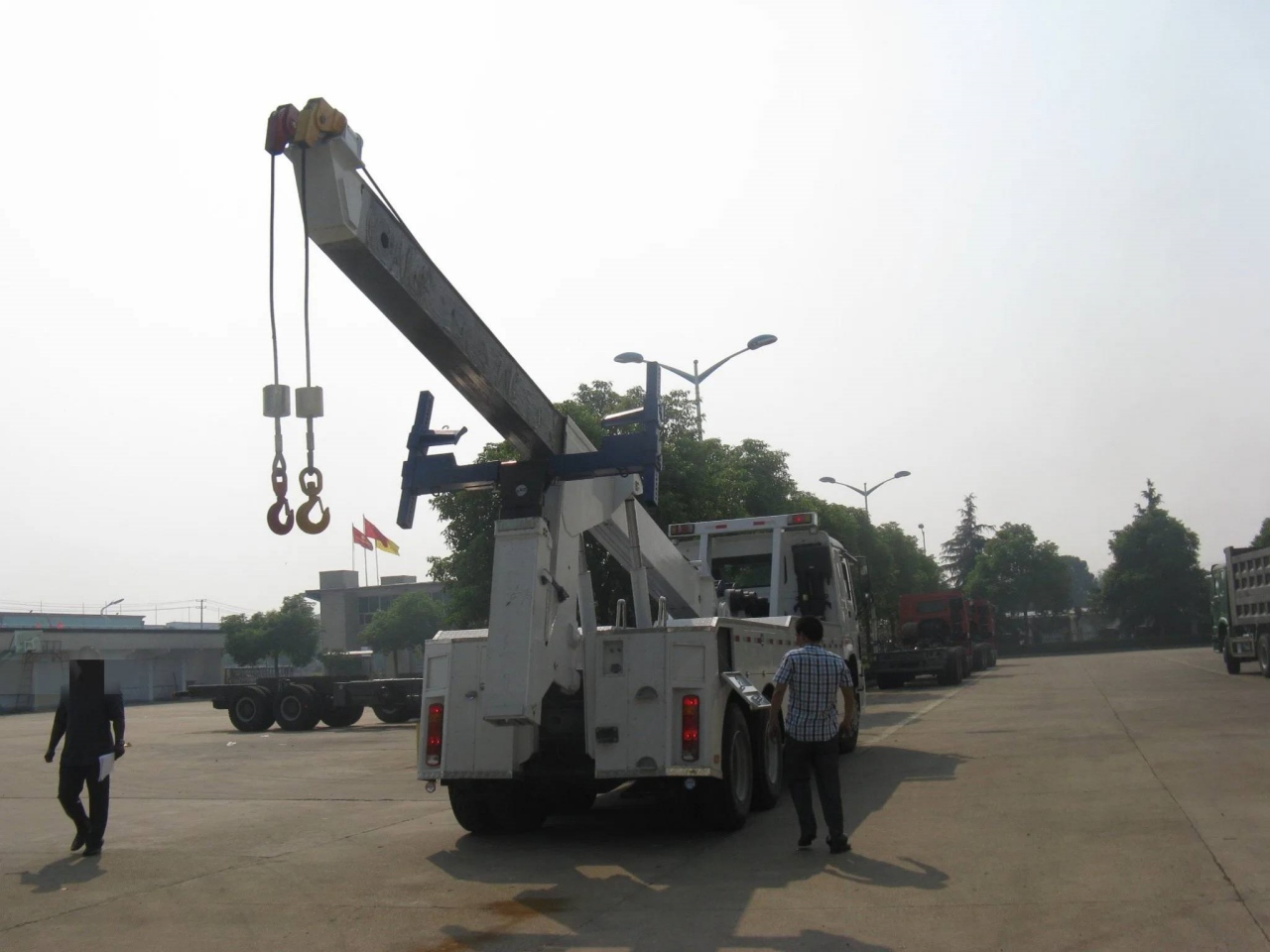
Conclusion
In conclusion, rotator trucks represent the epitome of heavy-duty assistance, harnessing the strength and ingenuity of modern engineering to tackle the most challenging towing and recovery tasks. From construction sites to disaster zones, these formidable machines serve as indispensable assets, providing essential support and expertise across a diverse range of industries.
As technology continues to evolve and innovation drives advancements in design and functionality, the capabilities of rotator trucks will only continue to expand. Yet, amidst the impressive machinery and cutting-edge technology, it is the skilled operators who remain at the heart of every successful operation, exemplifying professionalism, expertise, and unwavering dedication to their craft.
In a world where challenges loom large and obstacles abound, rotator trucks stand as towering symbols of resilience, resourcefulness, and the relentless pursuit of excellence in heavy-duty assistance.

